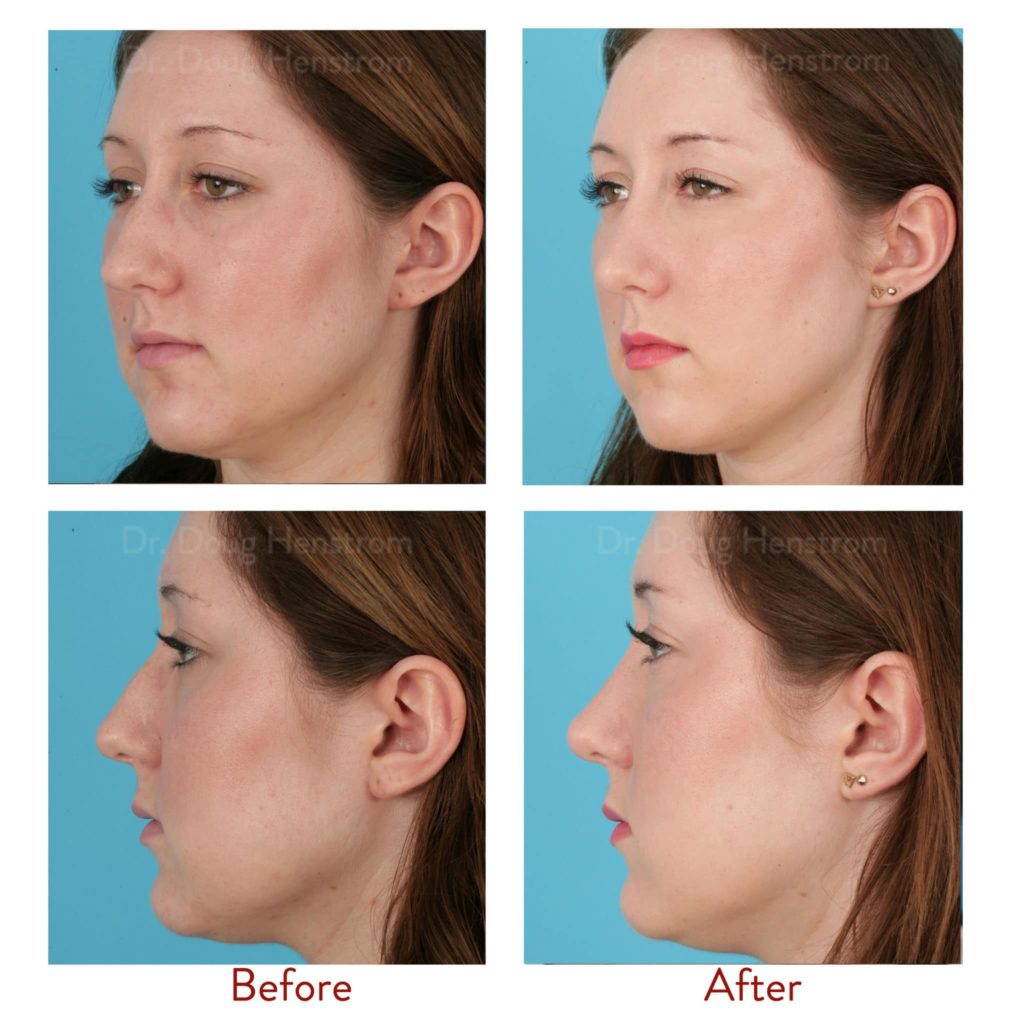
Transgender Breast Implants are surgery procedures that aim to give women a more feminine upper torso. Patients must follow a hormone regimen for at least 18 months following surgery. Patients will see a reduction in body hair and a growth of fat tissue around their breasts. This will make them appear fuller and more feminine. Patients will usually have a breast size of A or B.
Cost
Transgender breast implant costs start at $1999 with saline, and can rise to as high as $25,000 with silicone implants. Costs of this procedure are affected by many factors including the type of implants used, the surgeon's fees and previous surgeries. BMI, which is the body mass index of the patient, also affects the cost.
Transgender breast implant costs in Australia are considered cosmetic surgery. It is not eligible for Medicare rebates and early access to superannuation. The procedure can still be performed in Australia by a qualified surgeon. The Australian Professional Association for Transgender Health lists accredited clinics and surgeons throughout the country. However, you need to be aware about the possible risks.
Anatomy
The anatomy of a transgender breast is slightly different than that of a biological woman. Generic males are more muscular than females. They have larger shoulders and chests and smaller inframammary folds. This means that implants placed behind the NAC may not give the desired shape or fullness. Implants placed slightly lower on the medial can create a more feminine and smoother appearance. To correct this problem, fat grafting might be an option.

A surgeon can make a more natural-looking implant if he is able to accurately assess the size and shape of the patient's breasts. You can choose to have silicone breast implants or saline. Silicone implants are the most popular choice. There are three types: textured, smooth, and shaped silicone breast implants. An anatomic sizing device may be used by a doctor in order to determine which one would suit a transgender person. A computer simulation may be used by the surgeon to determine the breast size.
Procedures
Male to female (MTF) transgender breast augmentation is a straightforward procedure that can make you look and feel like a woman. Depending on your preferences, the procedure can be done in one or more stages. A tissue expander can be used in the first stage to stretch the lower pole skin so that it can accommodate a larger device. Implant placement is the second phase.
To prepare for the procedure, you should be in good health and have realistic expectations. A doctor specializing in breast augmentation and reconstruction can give you specific instructions. You should have a solid understanding of your body and how it functions.
Problems
Transgender woman who are trying to increase breast size may be at higher risk of implant rupture or asymmetry. These complications could also cause a need to have the operation re-done. Transgender breast augmentation is becoming more risky as more patients are able to undergo gender affirming surgery.
The World Professional Association for Transgender Health has established standards for transgender patients undergoing breast augmentation. These guidelines outline the mandatory and suggested components of a complete preoperative evaluation, which includes a patient's mental health and medical history.

Long-term success
Because some patients may have problems, long-term outcomes of transgender implant surgery can be difficult. Most transgender patients are pleased with the results. However, some may be disappointed. The majority of women who have this surgery are happy with the results. Only 3% would never do it again. The risks of complications and discomfort that transgender women might experience after the procedure are not the only ones. There are many procedures that can help transgender women feel more comfortable.
While the risk of capsular contracture in transwomen is low, it can still occur. This condition is common in transwomen. About 3% have reported it. However, of those undergoing this surgery, only 1% had already had the implants removed. Although this is a low number, it is sufficient to warrant further research.